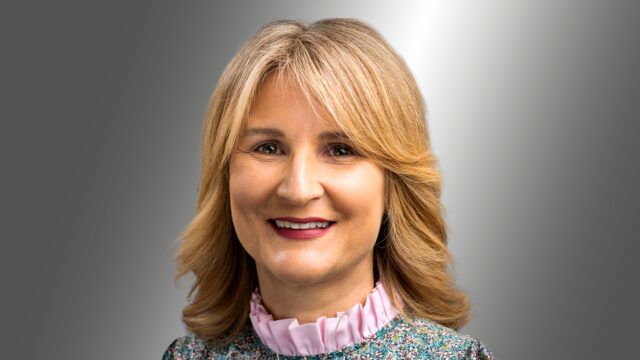Roughly a year ago there was a general apprehension among investors concerning wide credit spreads and many opted to wait until after the anticipated recession before committing to credit investments.
Since then, the economy has proved to be surprisingly resilient, and spreads have tightened considerably. Now the sentiment has shifted to a sense of urgency as investors find themselves contemplating their missed opportunity.
But these credit risk fears and an obsession with timing an entry point based on spreads are misplaced, according to Tajana Greil-Castro, Co-head of Public Markets, Muzinich & Co.
“People constantly try to talk themselves out of credit,” she told FSA in an interview. “Credit is not an asset class where you need to time the market. It’s an asset class that gives you additional carry because it offers you credit spreads.”
“Credit spreads tend to lower your overall fixed income volatility because the carry gives you an additional buffer, because the excess return opportunity can decrease the effect of the volatility of underlying interest rates,” said Greil-Castro (pictured).
“It’s an asset class that you do not need to dip in and out, it’s an asset class that you own over the long-run.”
Biases formed after the GFC
Investors’ perspectives might be skewed by their biases formed over the past decade of ultra-low interest rates between 2010 and 2021.
Greil-Castro, who is also the lead portfolio manager of the $8.8bn Muzinich Enhancedyield Short-Term fund, emphasised the importance of higher coupons in today’s environment.
After the global financial crisis of 2009 and for the decade that followed, interest rates were close to zero and quantitative easing (QE) was ever-present.
“This meant that spreads were the only game in town,” the portfolio manager said. “You owned the spread, that was your yield. People got used to returns coming from spreads and not from interest rates.”
“We need to get reacquainted with the fact there you can get yield from government debt, but it doesn’t mean you should completely disregard the additional yield from credit spreads.”
“You need to be in it to win it. Own it and the coupon will give you the return,” she said, adding that before 2009, investors were “very attuned” to the extra return potential earned by owning credit.
Misplaced obsession with duration
However, one side-effect of a decade of declining interest rates over that decade, was that those who were overweight duration benefitted from the total return effect of falling interest rates.
This has meant that in the wake of imminent interest rate cuts, many investors are advocating going overweight duration again to benefit from the same effect.
“There is this vague idea that you need to own duration with a belief that interest rates will be cut, without a clear target on where the US Treasury 10-year note will settle,” Greil-Castro said.
“What we’re saying is if you hold credit, for example investment grade at 120bps over with a little bit of high yield you can get to 150bps over or more.
“Let’s say you have 150bps spread extra, you would add 35% to your return over 20 years.”
“So what looks like a small number that you can easily ignore, actually gets you to a much better place in the long run. I think this compounding effect is being forgotten.”
In terms of where the portfolio manager sees specific opportunities, she favours European banks.
This is because of how much more regulated they are compared with their US peers; despite this, European bank paper has been trading wider than corporate bonds in the region.
“We like Tier-2 capital where extension risk is priced in, so we get additional carry opportunity if and when those bonds get called,” she explained.
Indeed, during the Credit Suisse crisis of early 2023, Tier-2 bondholders emerged unscathed after its Tier-1 bondholders were wiped out as part of the UBS Group takeover.

















